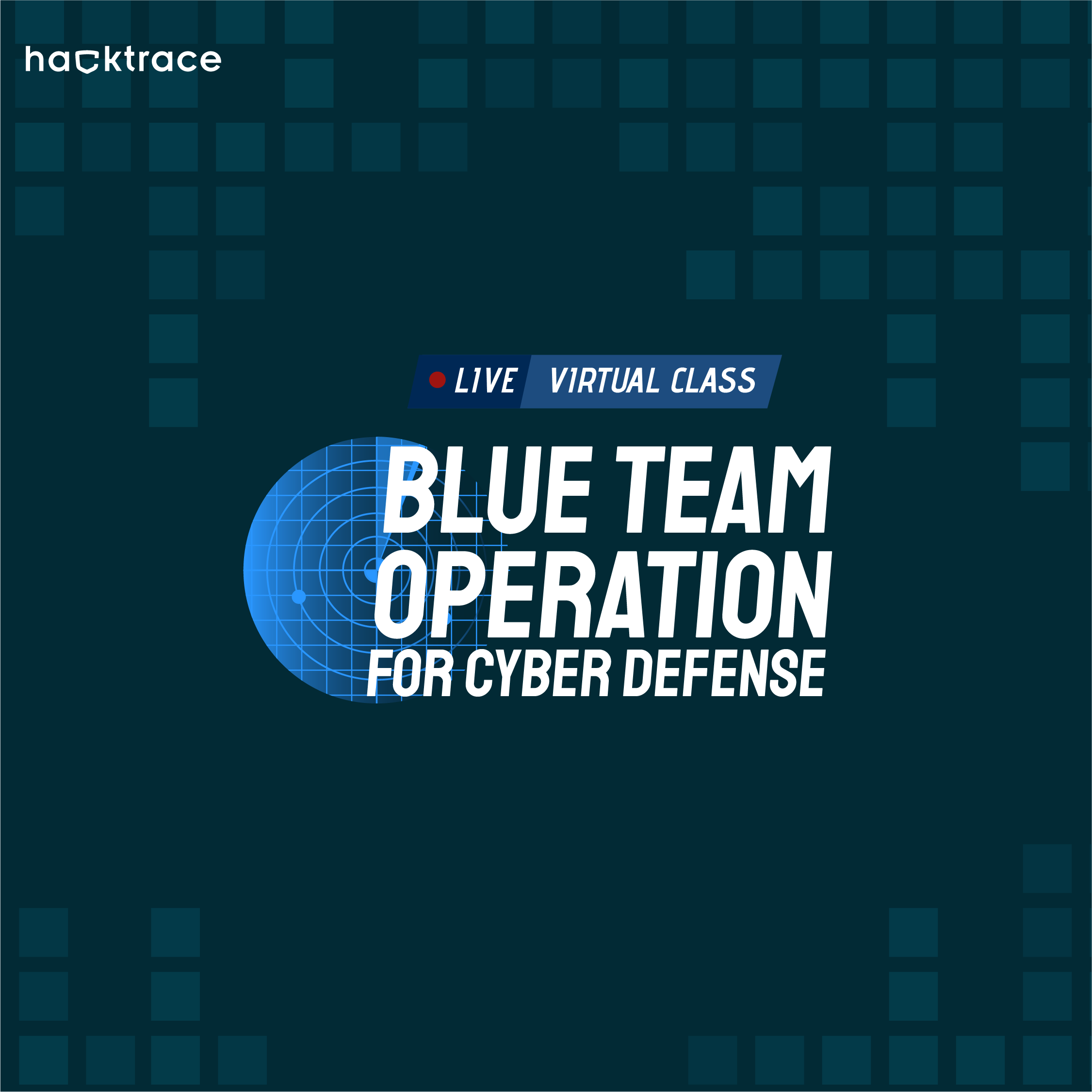We all routinely hear about cyber-attacks that are levelled against massive multinational corporations, compromising data and personal info. Don’t get caught with your digital pants down. As someone who defends the interests of a businesses, you need to be aware of the various attacks that can take place on a regular basis. This is specifically cybersecurity training for beginners, veterans need not apply.
Learn about the various ways in which attackers are looking to pierce your cybersecurity. We will teach you about the wide array of techniques they use, how to stop them, and how to build up your own digital defenses. Get wise and receive a hands-on experience as you defend against attacks in the moment and strengthen your defenses.


